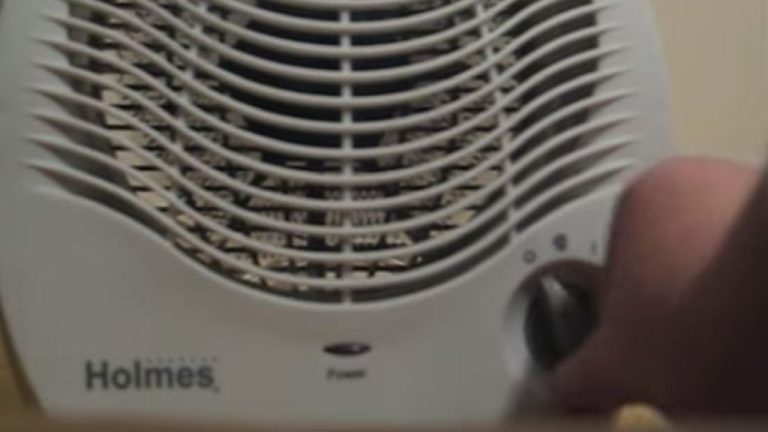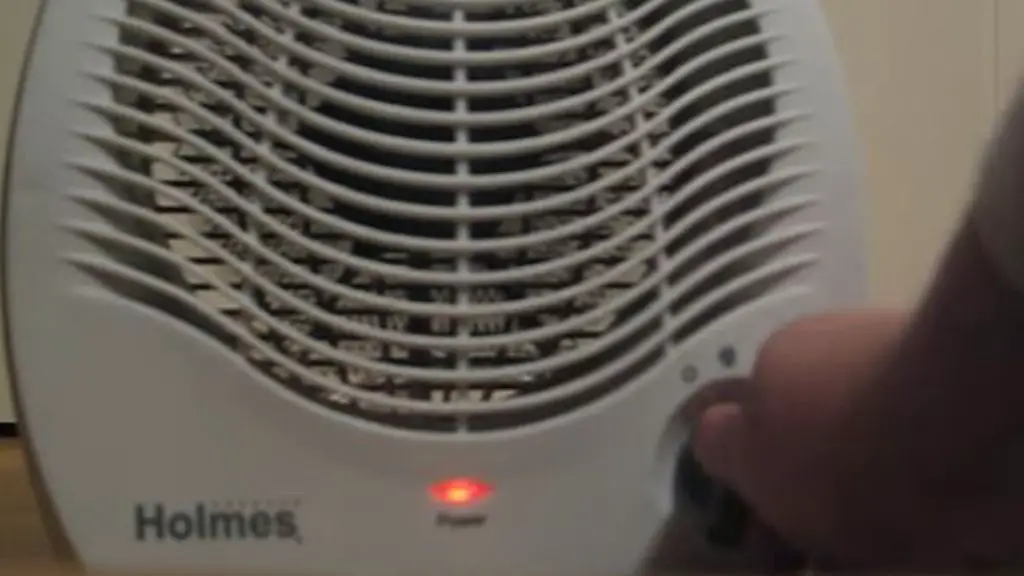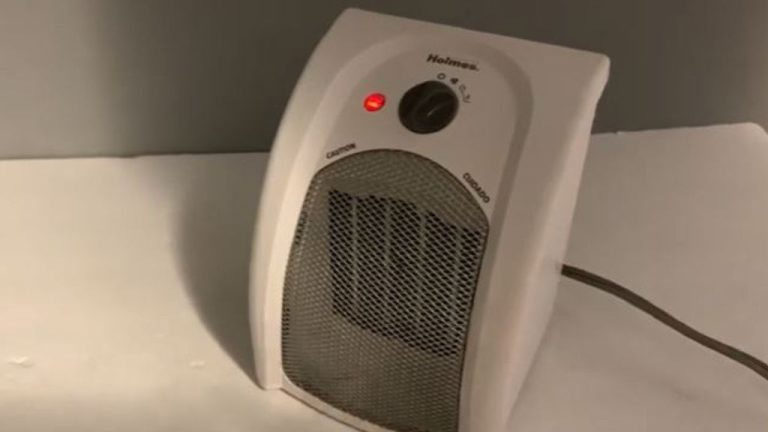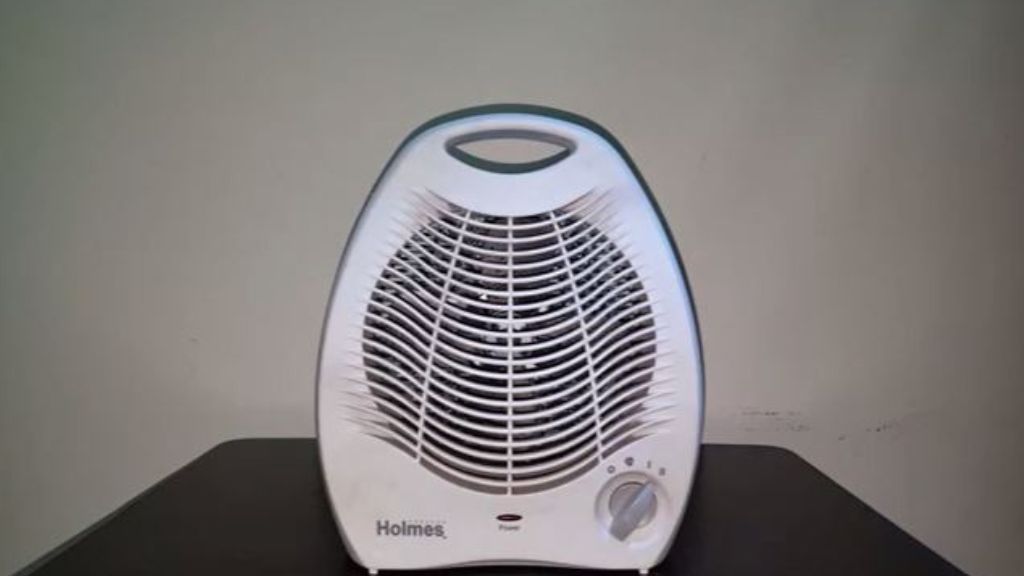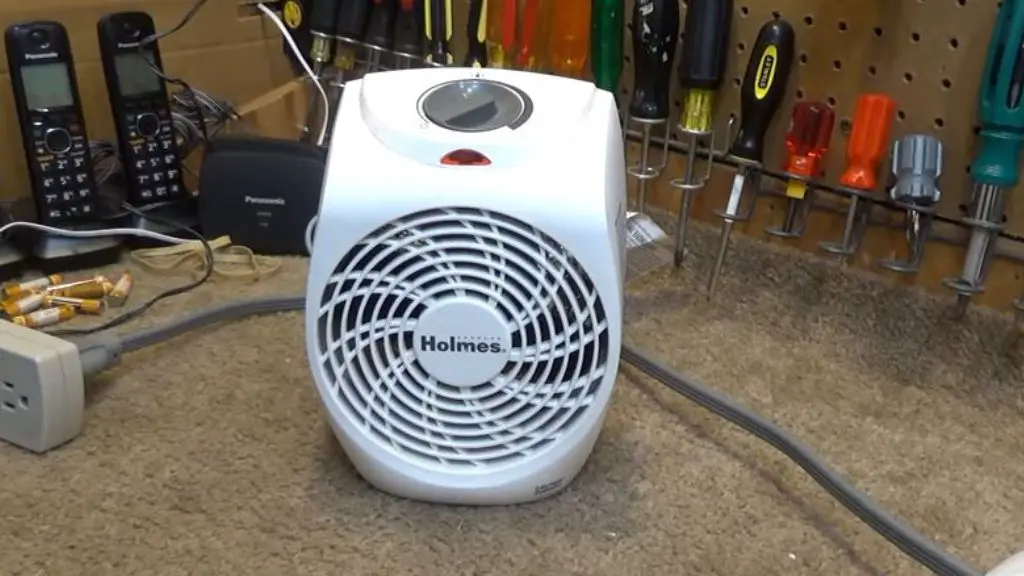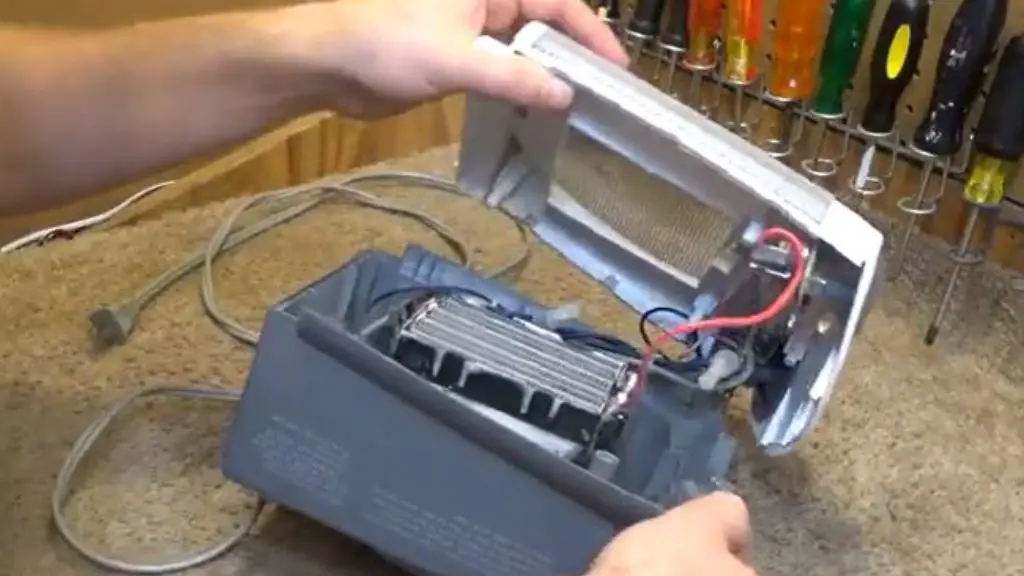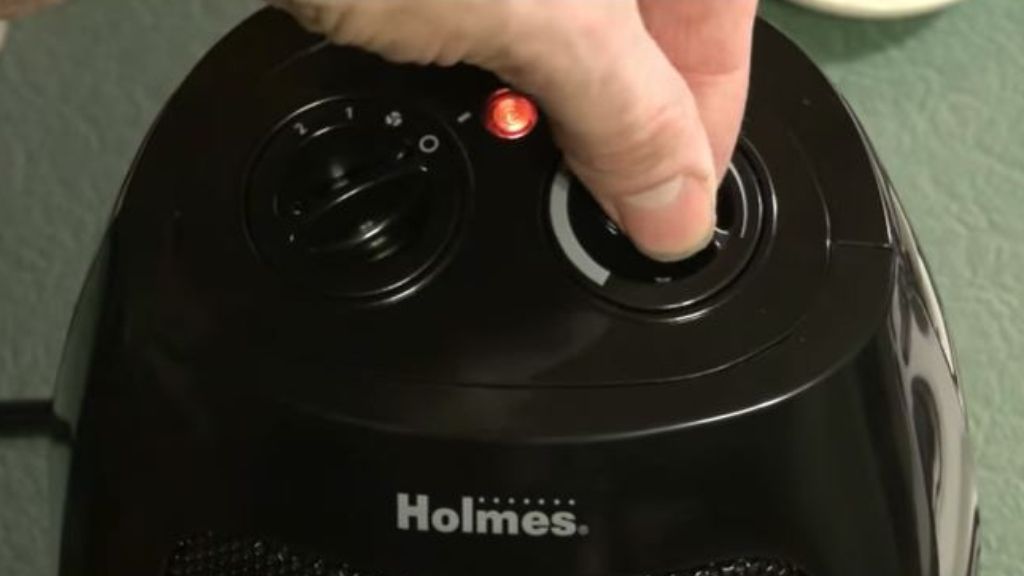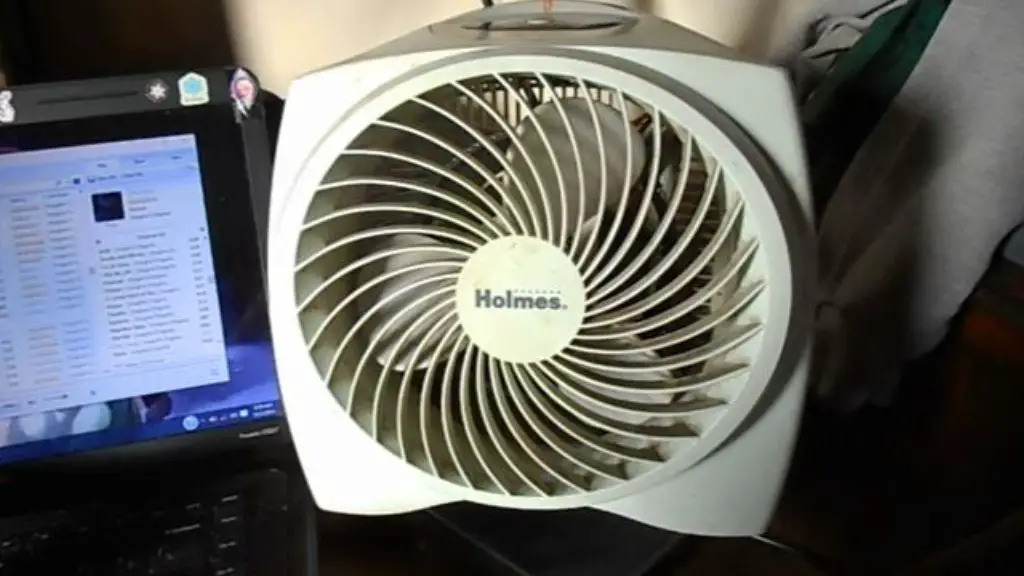Holmes Space Heater Not Working
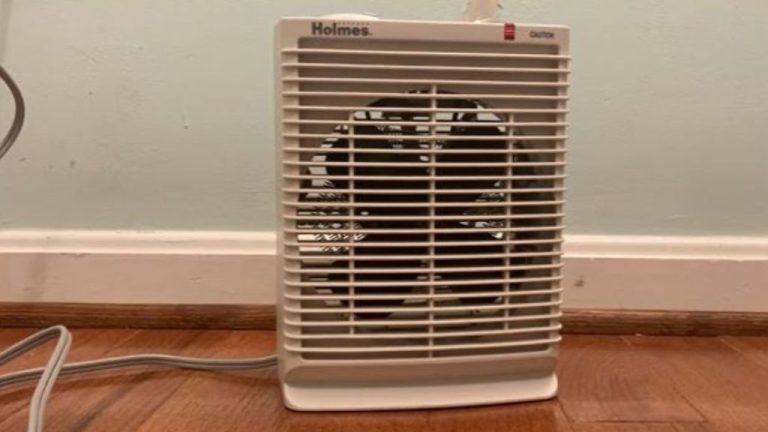
One of the most frustrating experiences, especially during cold weather, is when your space heater suddenly stops working. Before you resign yourself to shivering or calling a repair person immediately, let's explore some common issues and basic troubleshooting steps you can take with your Holmes space heater. This guide will help you identify the problem and potentially fix it yourself, saving you time and money. Remember, safety is paramount. If at any point you feel uncomfortable or unsure, consult a qualified electrician or appliance repair technician.
Initial Checks: The Obvious First Steps
Before diving into more complex troubleshooting, let's start with the basics. These simple checks often resolve the issue without requiring any tools or technical knowledge.
1. Power Cord and Outlet
- Visual Inspection: Carefully examine the power cord for any visible signs of damage, such as cuts, frays, or exposed wires. Do not use the heater if the cord is damaged.
- Outlet Test: Plug the heater into a different outlet that you know is working. This will rule out a faulty outlet as the cause of the problem. You can test the outlet by plugging in a lamp or other small appliance.
- Secure Connection: Ensure the power cord is securely plugged into both the heater and the outlet. A loose connection can prevent the heater from turning on.
2. Power Switch and Settings
- Power Switch Position: Make sure the power switch is in the "On" position. It sounds obvious, but it's a common mistake!
- Thermostat Setting: Verify the thermostat is set to a temperature higher than the current room temperature. If the thermostat is set too low, the heater won't turn on. Gradually increase the thermostat setting to see if the heater activates.
- Mode Selection: Check the mode setting (e.g., Low, High, Auto). Sometimes a specific mode might be malfunctioning. Try switching to a different mode to see if the heater starts working.
3. Reset Button
Many Holmes space heaters have a reset button, usually located on the back or bottom of the unit. This is a safety feature designed to shut off the heater if it overheats or tips over.
- Locate the Reset Button: Refer to your heater's manual to find the exact location of the reset button.
- Press and Hold: Unplug the heater from the outlet. Press and hold the reset button for 5-10 seconds.
- Plug In and Test: Plug the heater back into the outlet and turn it on. See if the reset has resolved the issue.
Troubleshooting Common Issues
If the initial checks don't solve the problem, it's time to investigate some common issues that can cause a Holmes space heater to malfunction.
1. Overheat Protection
Space heaters are equipped with overheat protection mechanisms to prevent fires. If the heater overheats, it will automatically shut off. This could be due to obstructed airflow or a malfunctioning thermostat.
- Check for Obstructions: Make sure the air vents on the front and back of the heater are clear of any obstructions, such as curtains, furniture, or dust buildup. Restricted airflow can cause the heater to overheat.
- Clean the Vents: Use a vacuum cleaner with a brush attachment to gently clean the air vents. Dust and debris can accumulate and impede airflow.
- Safe Placement: Ensure the heater is placed on a flat, stable surface away from flammable materials. Do not place it in a confined space where airflow is restricted.
2. Tip-Over Switch
Another safety feature is the tip-over switch, which automatically shuts off the heater if it's knocked over. This prevents the heater from operating in an unsafe position.
- Ensure Stable Surface: Make sure the heater is placed on a level, stable surface. Even a slight tilt can trigger the tip-over switch.
- Test the Switch: Gently tilt the heater to see if the switch activates and shuts off the unit. If the switch is faulty, it may shut off the heater even when it's upright. Do not attempt to bypass the tip-over switch. This is a crucial safety feature.
3. Faulty Thermostat
The thermostat controls the temperature of the heater. If the thermostat is malfunctioning, the heater may not turn on or may not heat to the desired temperature.
- Thermostat Calibration (Difficult): Some thermostats have a calibration adjustment. However, this is often difficult to access and adjust without specialized tools and knowledge. We strongly recommend not attempting to calibrate the thermostat yourself, as it can be dangerous and may further damage the unit.
- Professional Diagnosis: If you suspect a faulty thermostat, the best course of action is to consult a qualified appliance repair technician. They can accurately diagnose the problem and replace the thermostat if necessary.
4. Heating Element Issues
The heating element is responsible for generating heat. If the heating element is damaged or burned out, the heater will not produce any heat.
- Visual Inspection (Difficult): Inspecting the heating element usually requires disassembling the heater, which is not recommended for most homeowners due to safety concerns.
- Signs of a Bad Heating Element: If the heater makes unusual noises (e.g., popping, crackling) or emits a burning smell, it could indicate a problem with the heating element.
- Professional Repair: Replacing the heating element is a complex repair that should be performed by a qualified appliance repair technician. Working with heating elements involves electricity and can be dangerous if not done properly.
5. Blown Fuse (If Applicable)
Some older space heaters may use a fuse to protect the electrical components. If the fuse blows, the heater will stop working.
- Locate the Fuse: Refer to your heater's manual to find the location of the fuse. It's usually located in a small compartment on the back or bottom of the unit.
- Inspect the Fuse: Remove the fuse and visually inspect it. A blown fuse will have a broken filament or a dark discoloration.
- Replace the Fuse: Replace the blown fuse with a new fuse of the same amperage. Using a fuse with a higher amperage can be dangerous and may damage the heater or cause a fire.
- If Fuse Blows Again: If the fuse blows again immediately after being replaced, it indicates a more serious underlying problem. Consult a qualified electrician or appliance repair technician.
Safety Precautions
Working with electrical appliances can be dangerous. Always follow these safety precautions when troubleshooting your Holmes space heater:
- Unplug the Heater: Before performing any troubleshooting steps, unplug the heater from the outlet to prevent electric shock.
- Never Work on a Wet Surface: Do not work on the heater if you are standing on a wet surface or if the heater is wet.
- Use Proper Tools: If you need to use tools, use insulated tools designed for electrical work.
- Do Not Modify the Heater: Do not attempt to modify the heater in any way. This can be dangerous and may void the warranty.
- When in Doubt, Consult a Professional: If you are unsure about any of the troubleshooting steps or if you suspect a more serious problem, consult a qualified electrician or appliance repair technician.
When to Call a Professional
While this guide provides some basic troubleshooting steps you can take, there are certain situations where it's best to call a professional. These include:
- Damaged Power Cord: If the power cord is damaged, do not attempt to repair it yourself. Replace the cord with a new one, or have a qualified technician replace it.
- Unusual Noises or Smells: If the heater makes unusual noises (e.g., popping, crackling, buzzing) or emits a burning smell, it could indicate a serious problem.
- Visible Sparks or Smoke: If you see sparks or smoke coming from the heater, unplug it immediately and call a professional.
- Repeated Failures: If the heater repeatedly fails to turn on or shuts off unexpectedly, it could indicate a more serious underlying problem.
- You're Uncomfortable: If at any point you feel uncomfortable or unsure about the troubleshooting process, consult a qualified electrician or appliance repair technician. Your safety is the top priority.
Preventative Maintenance
To keep your Holmes space heater running smoothly and safely, follow these preventative maintenance tips:
- Clean the Vents Regularly: Use a vacuum cleaner with a brush attachment to clean the air vents at least once a month.
- Store the Heater Properly: When not in use, store the heater in a cool, dry place.
- Inspect the Power Cord: Regularly inspect the power cord for any signs of damage.
- Replace Filters (If Applicable): Some space heaters have filters that need to be replaced periodically. Refer to your heater's manual for instructions.
By following these troubleshooting steps and safety precautions, you can often resolve common issues with your Holmes space heater and keep it running safely and efficiently. Remember, if you're ever in doubt, don't hesitate to call a professional. A little knowledge and a cautious approach can save you time, money, and potential hazards.
